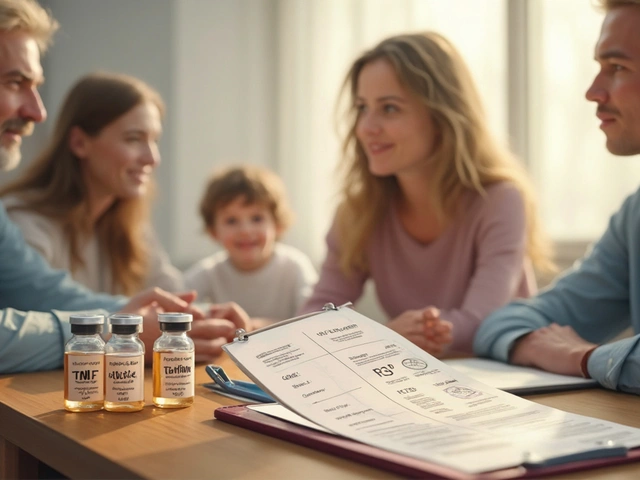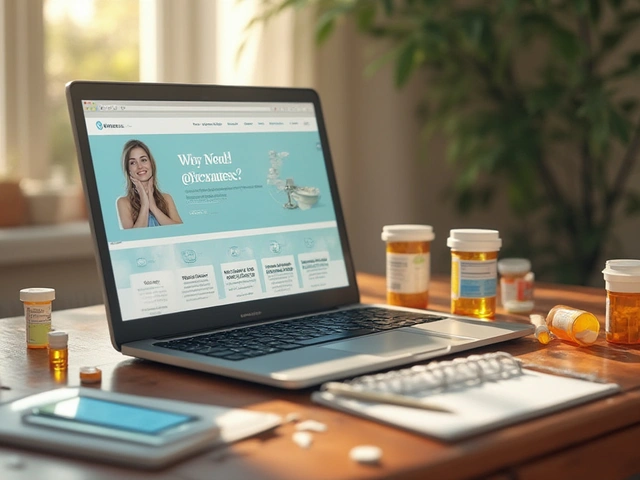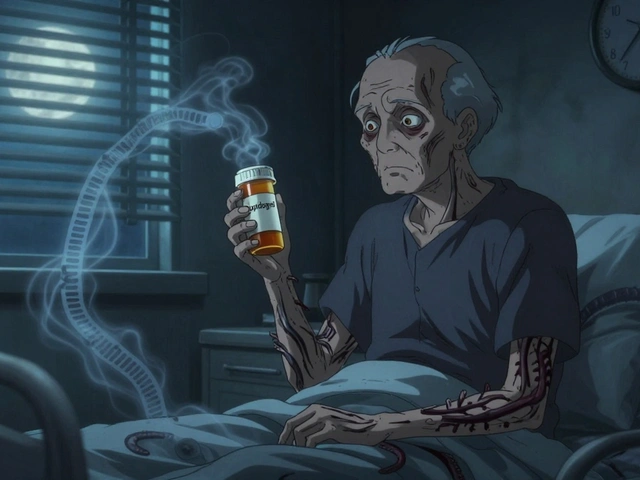Opium Antidote: Quick Guide to Naloxone and Overdose Relief
If you ever hear the term "opium antidote," you’re probably thinking about a life‑saving drug that can turn a deadly overdose into a survivable event. That antidote is naloxone, a medicine that blocks the effects of opioids like heroin, fentanyl, and prescription painkillers. Knowing how naloxone works and where to find it can make the difference between tragedy and a second chance.
Opioid overdose happens fast. Breathing slows, the person may become unresponsive, and without help, brain damage can set in within minutes. Naloxone jumps in by snapping open the opioid receptors in the brain, letting the person start breathing again. It’s not a cure for addiction, but it’s a critical bridge that buys time for medical professionals to step in.
How Naloxone Works
Naloxone is a short‑acting opioid antagonist. When you inject or spray it into the nose, it competes with the opioid molecules stuck to the brain’s receptors. Because it has a stronger pull, it pushes the opioids off and restores normal breathing. The effect starts in under a minute and peaks in a few minutes, which is why it’s such a reliable emergency tool.
One thing to keep in mind: naloxone only works for a short period, usually 30‑90 minutes. If the opioid that caused the overdose is still in the system, symptoms can come back. That’s why it’s crucial to call emergency services right after you give naloxone, even if the person looks better.
Getting and Using Naloxone Safely
Most pharmacies in the U.S., Canada, and many European countries now sell naloxone over the counter or with a simple prescription. Some community programs even give it away for free. Look for nasal sprays (like Narcan) or injectable kits—both are easy to use after a short demonstration.
When you’re ready to use it, follow these steps: 1️⃣ Check the person’s breathing; if it’s shallow or stopped, act fast. 2️⃣ Remove the nasal spray cap, place the tip in one nostril, and press firmly until you hear a click. 3️⃣ If you’re using an injectable, press the plunger hard until the dose is delivered into the muscle. 4️⃣ Stay with the person, keep them upright if possible, and call 911 immediately.
Keep your naloxone kit in a place where you’ll find it quickly—like a purse, backpack, or car glove box. Check the expiration date every few months and replace it if needed. It’s a small cost for a huge peace of mind.
Many people worry about legal repercussions. In most places, Good Samaritan laws protect you when you administer naloxone in an emergency. You won’t be held liable for trying to help, and the person you saved won’t face penalties for the overdose itself.
Beyond the emergency, naloxone can start a conversation about treatment. If you or someone you know is struggling with opioid use, reaching out to a doctor, counselor, or local support group can provide the next steps toward recovery.
In short, the opium antidote—naloxone—is a simple, effective tool that anyone can carry. Knowing the signs of overdose, having a kit on hand, and being ready to act can save lives every day. Keep this guide handy, share it with friends, and stay prepared.

Opium Antidote Review: The Dietary Supplement Redefining Opioid Recovery
Discover how Opium Antidote, a cutting‑edge dietary supplement, helps ease opioid withdrawal, the science behind its ingredients, and practical tips for safe use.




